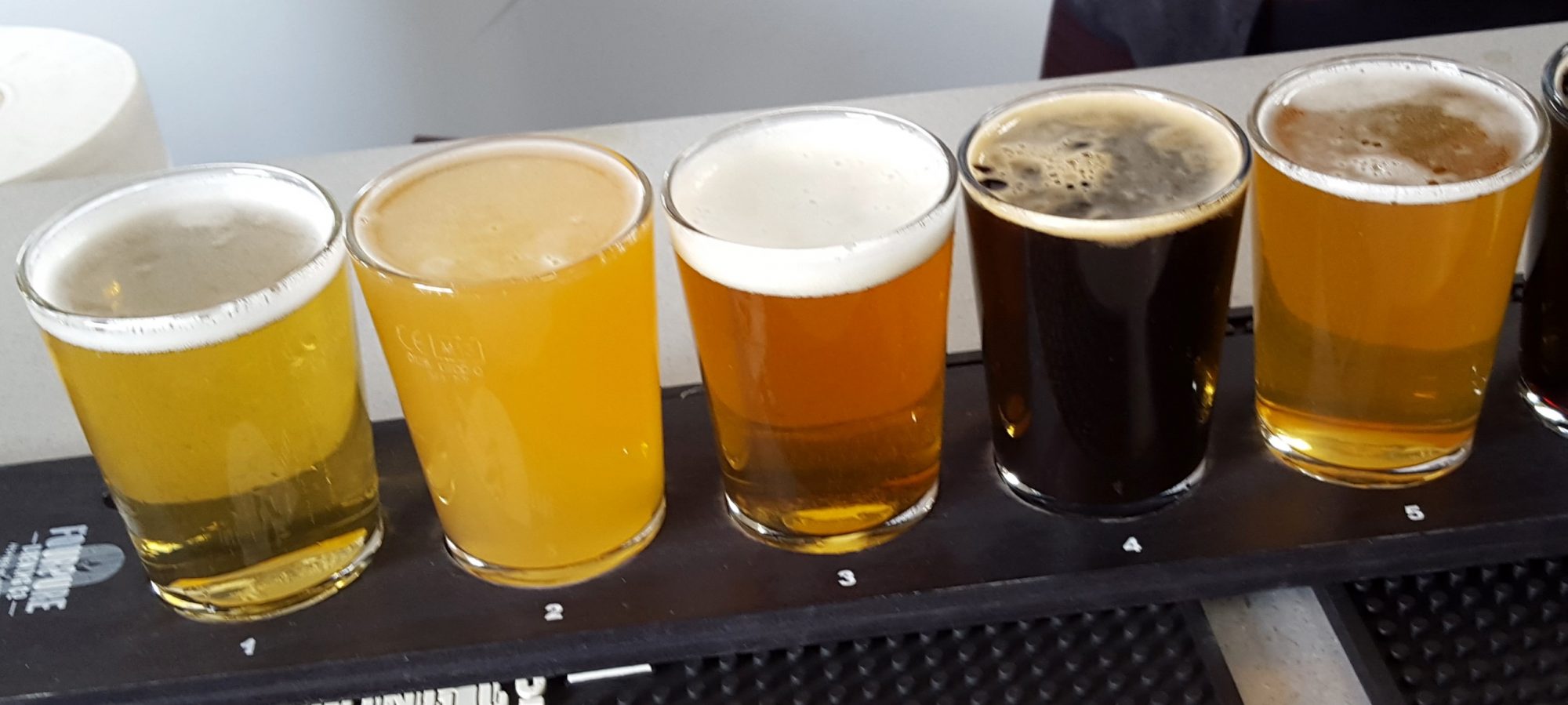I watched the second in the series of ‘Electric Dreams’ on BBC4 — on the 80s. The programme on the 70s last week was quite shocking in its accurate depiction of the spartan lifestyle people in this country led at the start of the 1970s — twin tub washing machines being quite a novelty and teasmades being at the cutting edge. One point the series seems to be making is that change is quite discontinuous: in retrospect there seem to be periods of relative stability and then a few years when huge changes happen. One of these times seems to be the late 70s until the mid-80s — co-incidentally when some great music came out.
The 70s seemed to be way back in history whereas by the end of the 80s they’d got computers, CDs, videos and so on which means most of the entertainment and music options were pretty similar to what people use today (if not the actual technology). It’s only mobile phones and the Internet that would seem to be the big innovations to come. Everything seems to have changed with Thatcher coming in which, whatever one’s opinion of her, certainly was quite disruptive.
There were some classic pieces of footage — Cliff Richard looking very creepy in the ‘Wired for Sound’ video (perhaps he’s just not confident at roller skating?) and the totally absurd Sinclair C5 (I remember when BBC Nationwide built up to its launch describing it as a car). Particularly pleasing was the demonstration of the amazing properties of the compact disc which were shown by spreading honey and pouring coffee over the disc — before cleaning it off and putting it in the machine. (Not sure it was the great Michael Rodd though.) Great selling point should you be the sort of person who wants to plaster your breakfast all over your music collection before playing it! Anyone under about 30 must be completely mystified why this test was carried out. (For any youngsters watching this, it’s because spreading jam on a vinyl record would irreparably break it — though it still doesn’t explain why someone would want to do it.)
They picked some fantastic tunes for the soundtrack — more unusual ones than in ‘Ashes to Ashes’ — and it’s listed on the iPlayer page. I’d not heard ‘Kings of the Wild Frontier’ by Adam and the Ants for a while. ‘Quiet Life’ by Japan always sounds so reminiscent of the era. Not heard much either is ‘Somebody’s Watching Me’ by Rockwell (surprising as it has Michael Jackson singing). From later in the decade music included ‘System Addict’ by Five Star, ‘Good Life’ by Inner City (which I think is fantastic), ‘True Faith’ by New Order and ‘Pacific State’ by 808 State which, oddly, is also on a Ministry of Sound Chilled compilation of music for modern youngsters that takes in tracks up to 2008. It goes to show how maybe things have changed less than the intervening period than they did in the few years before and what a fascinating time the late 70s and early 80s were to grow up in.


